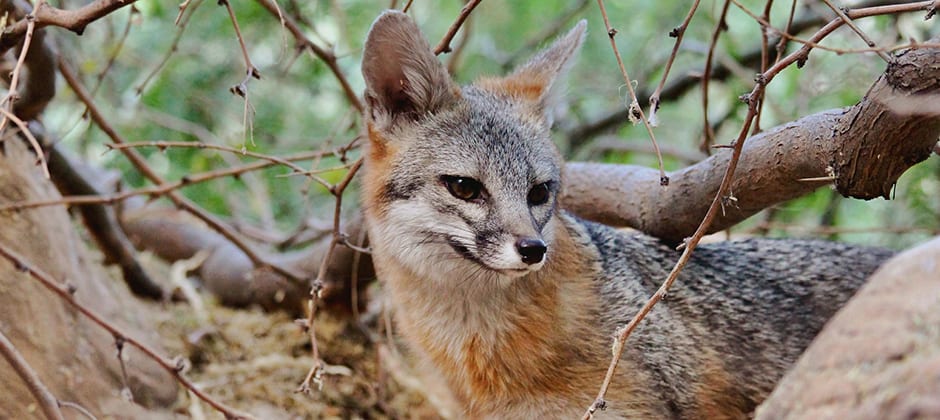Share this article
New canine distemper virus strain found in New England
In December 2016, Patrick Tate, a wildlife biologist with the state of New Hampshire Fish and Game, noticed a fisher (Martes pennanti) breathing heavily under a tree. When he approached it, it didn’t try to run away.
He brought it to David Needle, a senior veterinary pathologist and assistant clinical professor at the New Hampshire Veterinary Diagnostic Laboratory at the University of New Hampshire, who tested the animal for canine distemper virus. It tested positive. When Tate brought in two more fisher carcasses, one of those also tested positive.
Needle and his colleagues set out to learn more about the virus in a study published in the Journal of Veterinary Diagnostic Investigation. Did these infected animals, they wondered, all have the same strain of the virus?
“Just knowing it’s distemper didn’t seem good enough,” said Needle, who led the study.
In one year, more animals that were behaving strangely or reported as a nuisance were brought to the lab by New Hampshire and Vermont’s fish and game departments. When researchers investigated, they found the same virus in three more fishers, two gray foxes (Urocyon cinereoargenteus), one skunk (Mephitis mephitis nigra), one raccoon (Procyon lotor) and one mink (Neovison vison).
After looking at the genetic code and comparing it to other known strains, the team determined these infected animals in New England all had the same, distinct strain of the virus, unlike any other that had been identified before.
Needle worries this clade of distemper may impact populations of species that are already teetering on the edge, and he thinks it likely may already be having an impact. Since pine marten (Martes martes) and fisher populations are relatively low, he said, their numbers may be particularly susceptible.
While this strain is likely just what’s prevalent in the area, Needles said the worry is that canine distemper’s divergence and ability to mutate means if it mutates further, it could spread to new species, causing population-wide effects.
Distemper is a morbillivirus, a genus of virus that can spread from one species to another, making them particularly concerning for wildlife. “One of the hallmarks of the virus is the ability to spread to other species,” Needle said.
The good news is this strain of distemper has not been confirmed in a domestic animal, he said, although there is concern about the strain potentially infecting dogs since it’s distinct from the strains vaccines target. Needle recommends following American Veterinary Medical Association guidelines and having your dog vaccinated by a licensed veterinarian.
“I think a big upshot of this points to the need and importance of doing whole scale diagnostics on these cases,” he said.
Header Image: A new strain of canine distemper virus was found in two gray foxes. ©Renee Grayson








